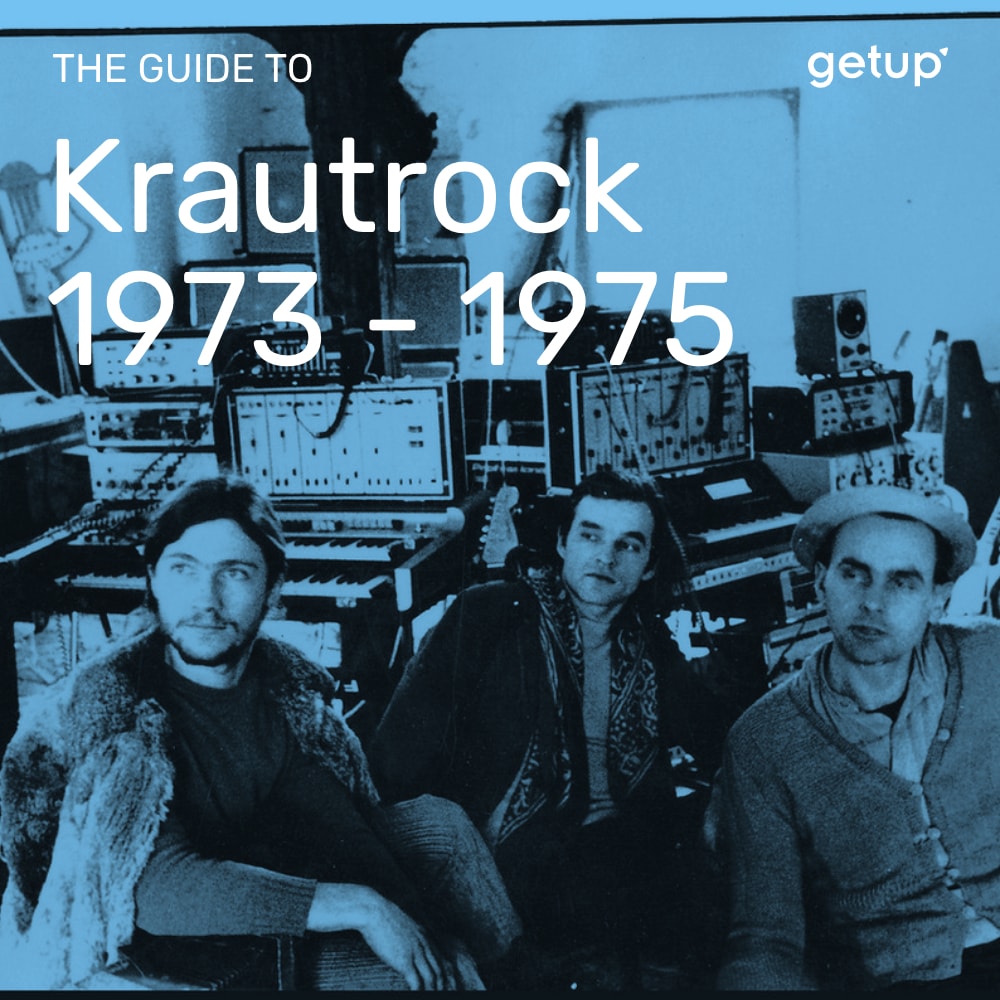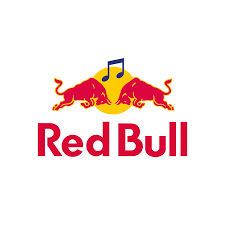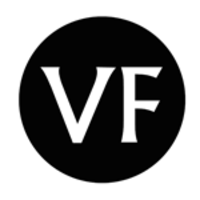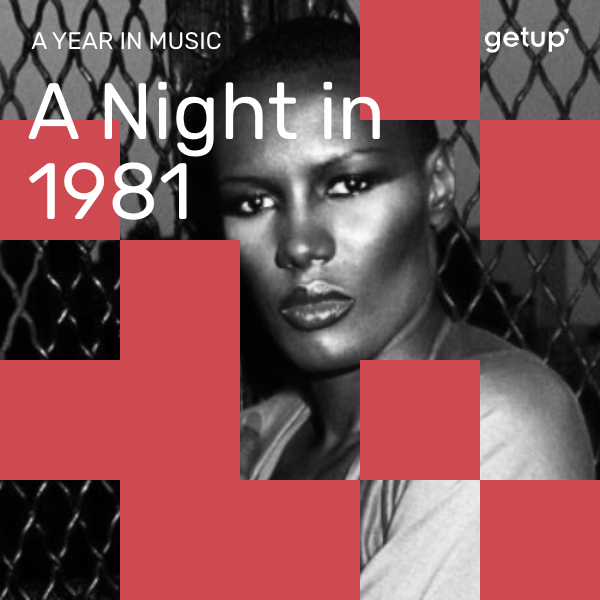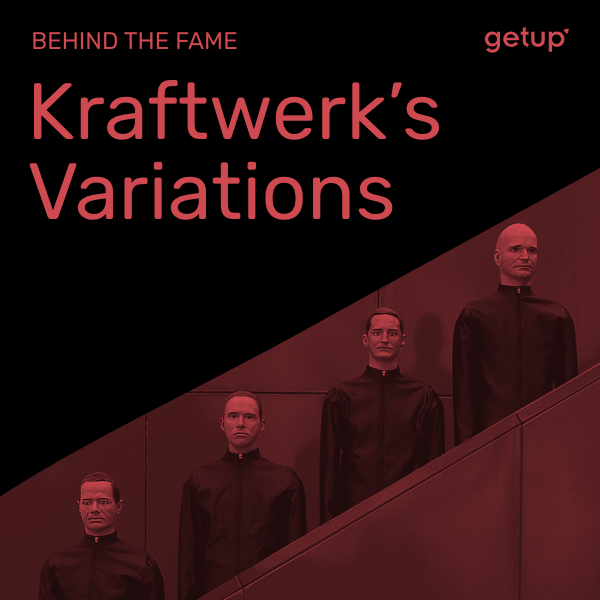73, 74, 75...three years of extraordinary creative intensity.
For example, Conrad Schnitzler, the founder of the Zodiak Club in Berlin, recorded something out of this world, a sort of cross between Suicide (though slightly ahead of their time) and an electo Miles Davis; Faust added multiple guitar tracks; NEU! continued their sound exploration, inspired by music from Pakistan and...water (yep seriously). As for Can, they were creating their hypnotic vibe by layering up sounds, and adding a powerful groove to Stockhausen. Embryo stood at the crossroads of multiple influences: percussion, free jazz piano, ‘Arabic’ sounding guitar (King Gizzard and Lizard Wizard owes them a lot!) Having moved on from Tangerine Dream and Ash Ra Tempel, Klaus Schulze went solo, recording dark, Wagnerian electro music.
During this period, hippie psychedelia was omnipresent in West Germany. A Swiss painter named Wegmüller released a concept album based on Tarot cards; Yatha Sidhra recorded improvisations based on the Hindu ragas; and Klaus Schulze created compositions for the words of Sergius Golowin, a sort of Swiss Timothy Leary...
At odds with this ‘mystico-baba-cool’ feeling, Message, from Düsseldorf, was Germany’s answer to Black Sabbath, with some jazz thrown in. But rock was soon to give way to electro. With “Zuckerzeit” Cluster began to sound less chaotic, and began to structure their improvisations using rhythm machines. The resulting music is as novel and profound as what would – following Cluster’s influence – be produced by Aphex Twin decades later. After NEU! broke up, Rother joined Cluster and formed Harmonia. To say that Eno was impressed by them would be a huge understatement. And as for Bowie, he had originally planned to record his album Heroes with them! Klaus Dinger, NEU!’s ex-drummer, joined forces with his brother to form the group L.A. Düsseldorf.
The label Kosmische Musik put together a supergroup made up of the most celebrated musicians on the Berlin scene, and recorded several of their sessions. They went by the name Cosmik Jokers and included Klaus Schulze, Manuel Göttsching, Jürgen Dollase and Harald Großkopf. The only downside to the whole project was that the record label released the recordings without the artists’ consent. The legal proceedings that followed were enough to scare off the man who had orchestrated the whole project, Rolf-Ulrich Kaiser.
Edgard Froese, the mastermind behind Tangerine Dream would have huge success with his improvised music played entirely on synthesisers. Popol Vuh would abandon electronic sounds completely, and go on to compose deeply lyrical pieces for acoustic instruments. And finally, after three experimental albums, Kraftwerk would have their first international success with Autobahn, going on to become one of the most influential and well known groups of the krautrock genre.
